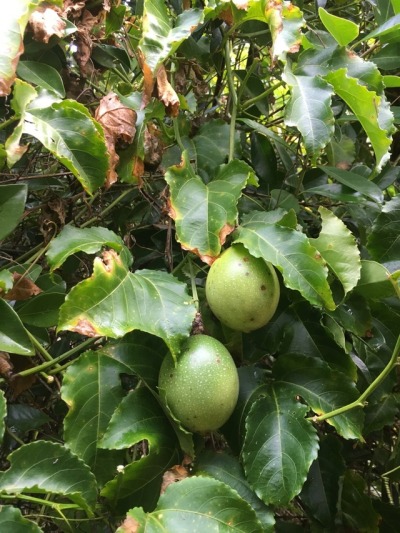Take Care: Please ensure you know your weeds before consuming them from your garden. Roadside weeds may have been sprayed or polluted.
These are common edible weeds in the Fernmount Food Forest and the local area.
Ragweed aka Thickhead
 |
Ragweed aka Gynura crepidioides aka
|
 |
| Ragweed, Gynura crepidioides |
Some online articles conflate Okinawa Spinach (Gynura
bicolour)) with Ragweed (Gynura crepidioides) and sometimes both plants are
depicted, cut and bundled, in Asian vegetable markets.
 |
| Okinawa Spinach (Gynura bicolour) |
 |
Gynura crepidiodes, a common weed in the Bellingen valley
|
"Gynura crepidioides Benth. is a synonym of Crassocephalum crepidioides"
"Crassocephalum crepidioides, also called ebolo, thickhead, redflower ragleaf, or fireweed, is an erect annual slightly succulent
herb growing up to 180 cm tall. Its use is widespread in many tropical
and subtropical regions, but is especially prominent in tropical Africa.
Its fleshy, mucilaginous leaves and stems are eaten as a vegetable, and
many parts of the plant have medical uses. However, the safety of
internal use needs further research due to the presence of plant toxins.
[2]" Ref: Wikipedia




